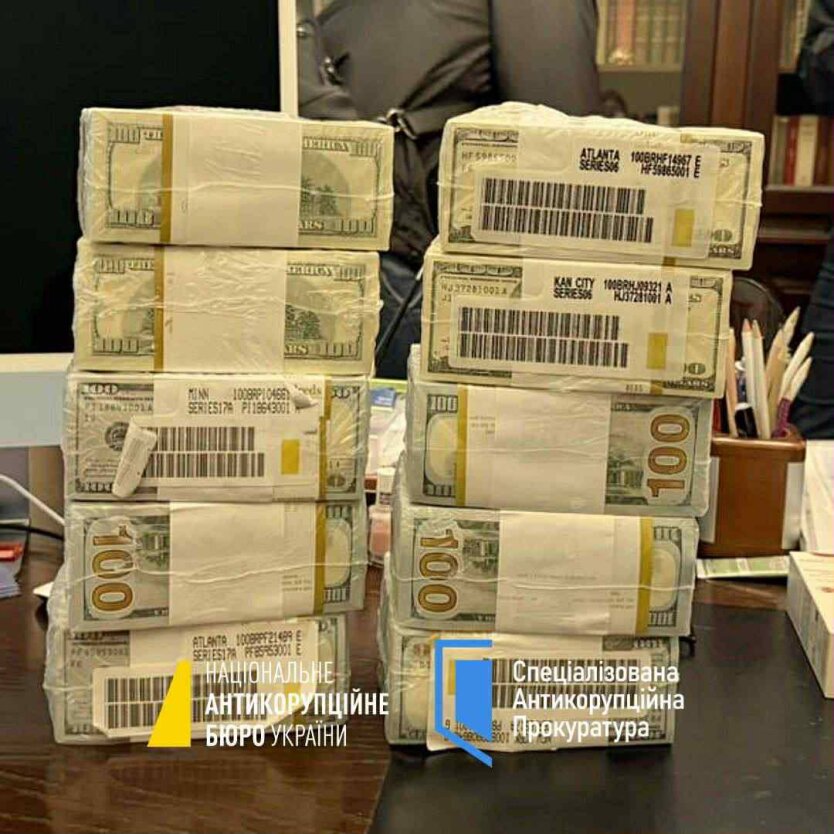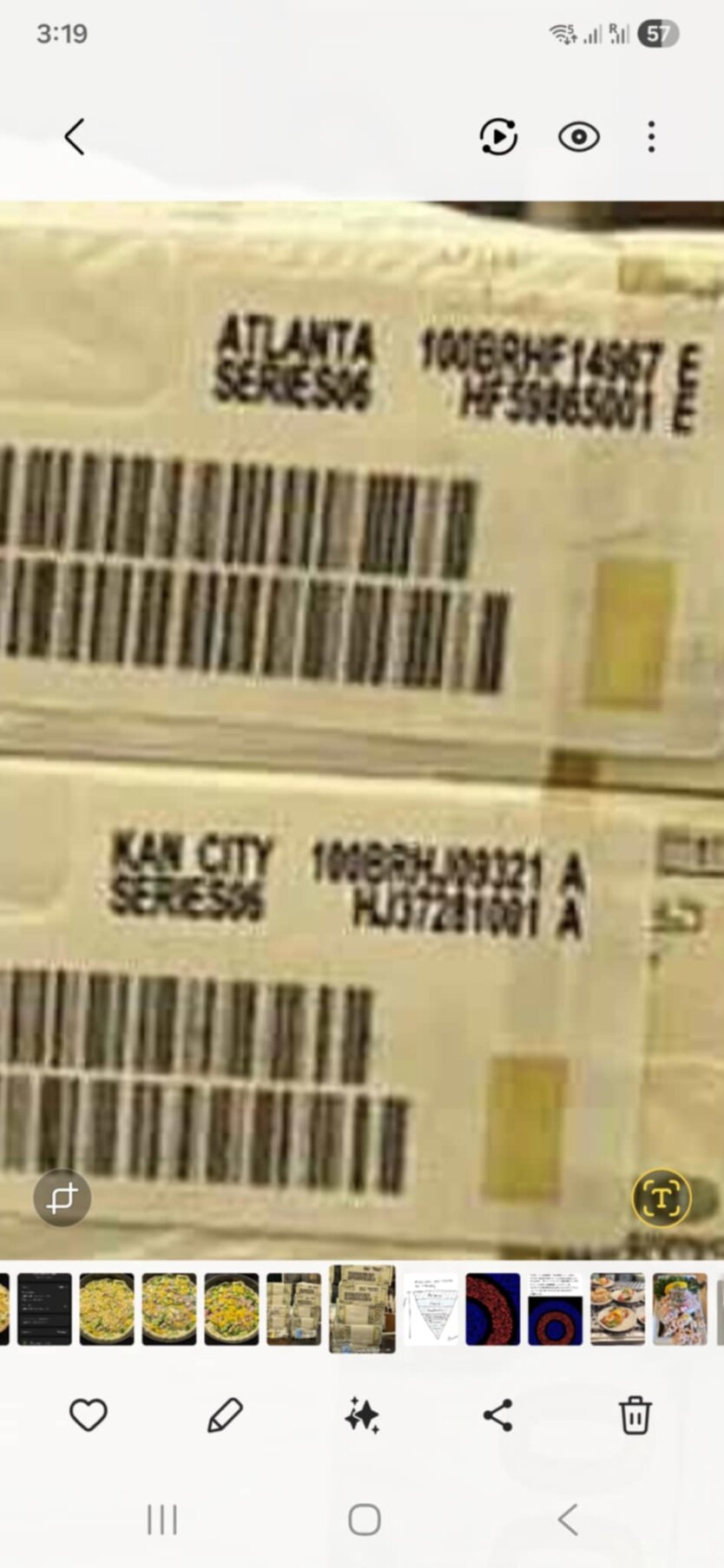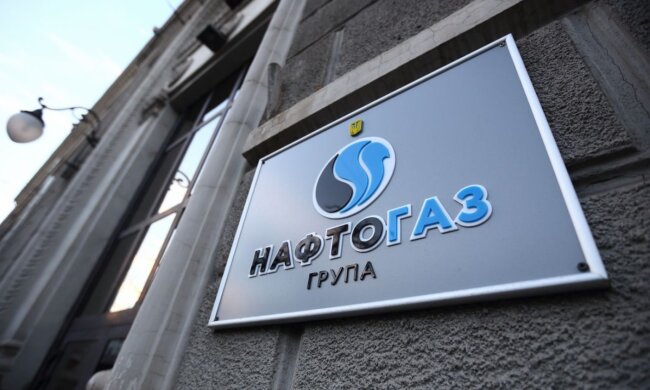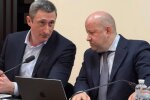The National Anti-Corruption Bureau of Ukraine and the Specialized Anti-Corruption Prosecutor's Office completed a 15-month investigation, collecting over 1,000 hours of audio recordings. Among those involved in the case are Energy Minister Herman Haluschenko, his advisor Ihor Myroniuk, businessman Tymur Mindich, and Energoatom representative Dmytro Basov.
Technical Examination of Seized Funds
During the searches, among the material evidence, funds were discovered in specific packaging characteristic of high-level interbank operations. These are not simple bundles, but very, very special ones.

In the photo — packaging from the Federal Reserve Bank of the United States. These bundles of dollars (in wrappers with a barcode strip and series designation — ATLANTA SERIES 06, KANSAS CITY SERIES 06) are bank blocks of cash intended for circulation between central banks and major commercial banks.

Characteristic features: White paper wrapper with a black barcode and text like ATLANTA SERIES or KANSAS CITY SERIES — these are markings of U.S. Reserve Banks (there are 12 of them in the U.S., each with its own city marker: Atlanta, Kansas City, New York, Chicago, etc.). Each block typically contains 10,000 banknotes of $100 — totaling $1,000,000 in one such package. This is how they're packaged only in central banks and at cash supply facilities, such as the Bureau of Engraving and Printing or Federal Reserve Cash Services. When such packages appear "in the field" (in the news, investigations, etc.) — it means that someone received uncut or unopened blocks directly from the banking system, bypassing the usual retail distribution through banks.
The Fed packages this money when the NBU orders cash from European banks, it arrives exactly like this. Maybe from the States or through a commercial bank. Then this cash goes to a commercial bank. There it should be unpacked and repackaged into bank straps. But this didn't happen. That is, this cash went straight from the NBU to a person. Or straight from, most likely, a state bank to them. Everything happens under cameras in the NBU. Would be nice to know where this batch of cash went — it can be tracked :)
But moreover, there's another strange strangeness — series from 2006 and 2017. Nobody stores old money like this. When they're printed, they're mainly transferred then. That means they were brought to Ukraine most likely in 2006 and 2017. In the NBU, such money or in Raiffeisen (Raiff could have transported them then) appeared in transport invoices with series ranges. You can check those years in NBU reporting, who imported and to whom they were transferred. The one to whom they were transferred pulled them out in cash from the system and most likely bypassing the cashier, because when issued through a bank cashier they should have been unpacked UNDER CAMERA, counted and given to the client. But here the packaging is undamaged, they're vacuum-sealed by the Fed! Cool, huh?!
It turns out that this dough is like a gift bottle that lay for a long time in a safe — as they were given, so they brought them to Energoatom without unpacking. And these folks didn't unpack them either, since it's factory packaging. This is the form of highest corruption, when huge sums of dough aren't even bothered to be unpacked. They just haul these bricks around to each other for decades.
This money in the photo is the essence of social relations in Ukraine, when capital lies in bricks for decades somewhere in a basement on Lypska Street, like grandma's old jam that she stockpiles year after year. The corrupt can only not manage the capital, so it lies as dead weight. It's like an expensive ring in the shape of a brick that passes from hand to hand, demonstrating to a limited number of people of the elite class that they have this status — to possess a brick of dollars and pass it along to get other bricks, or a killed Soviet factory, or a killed mine, or a killed country.....




























